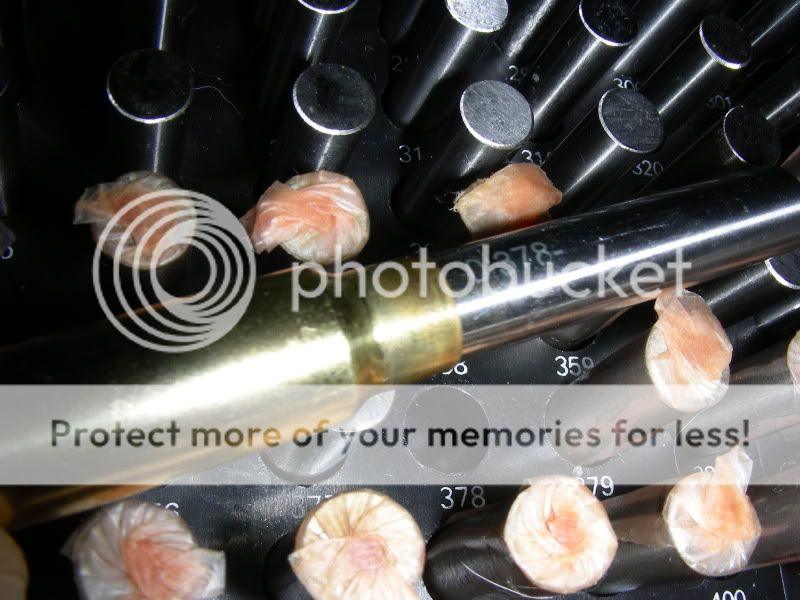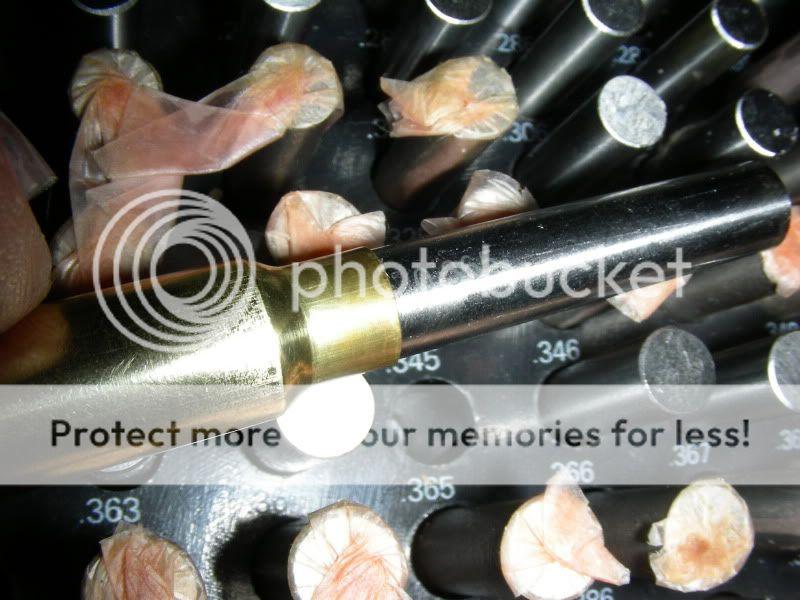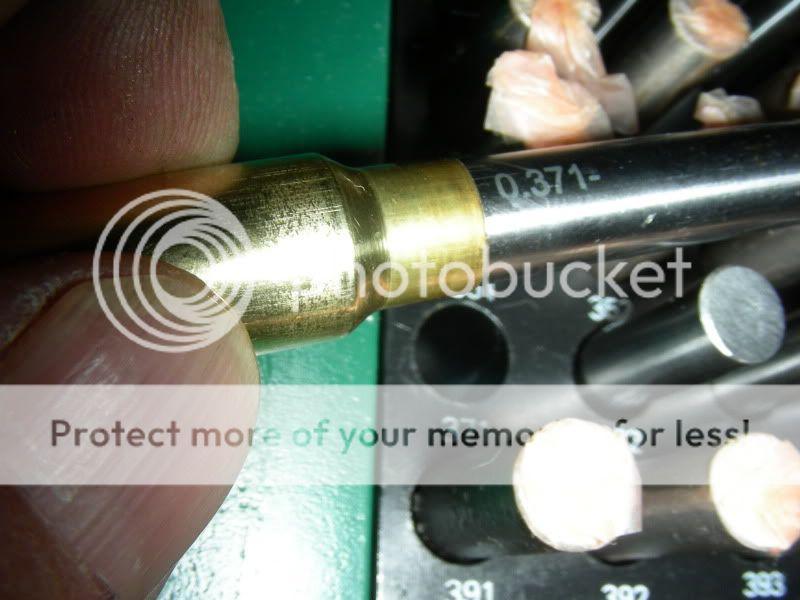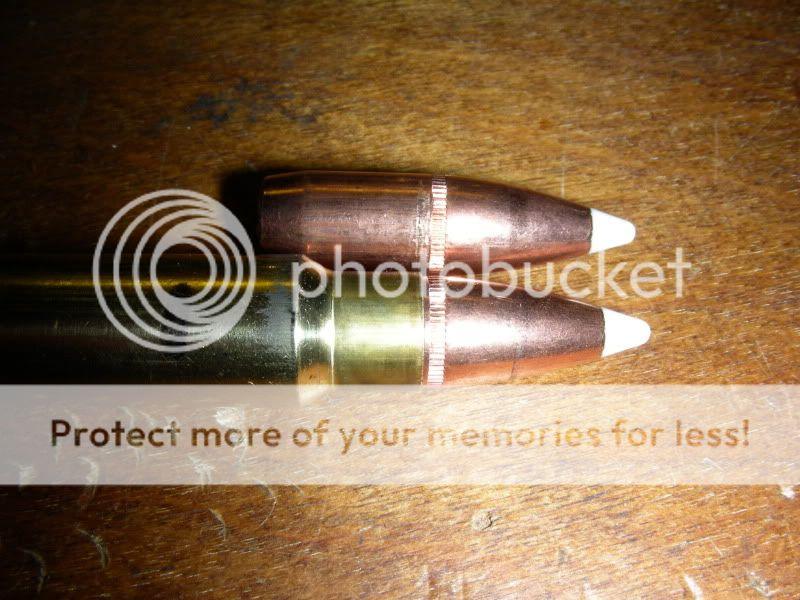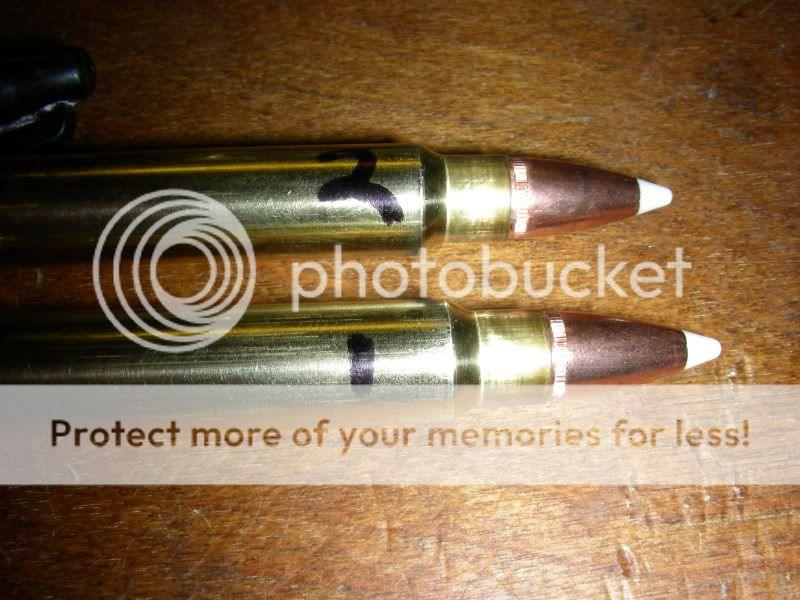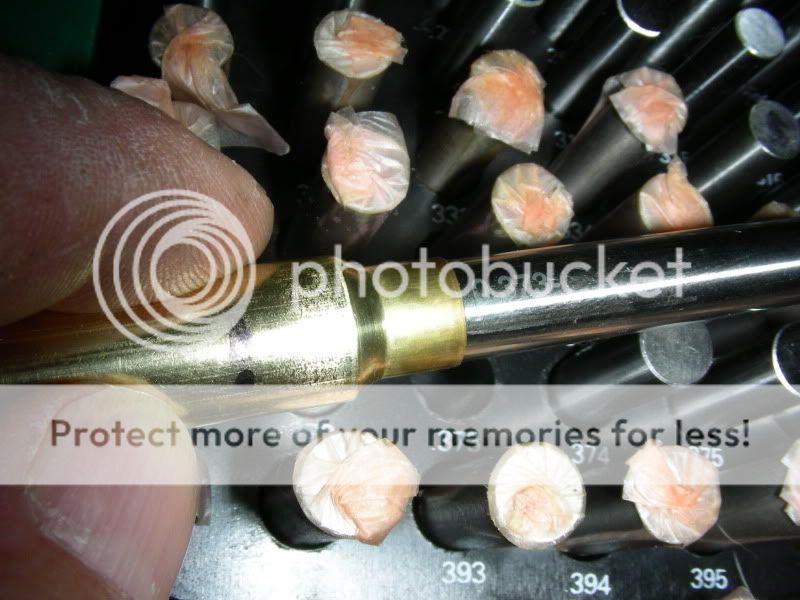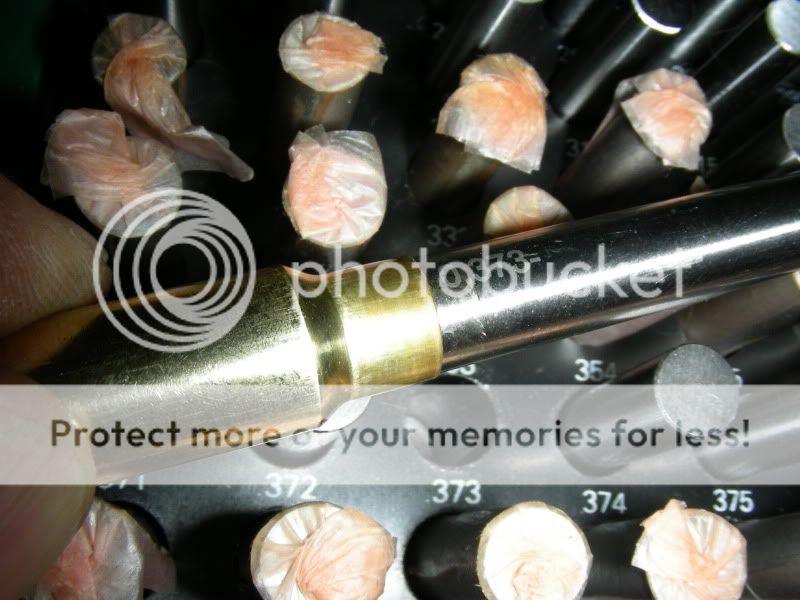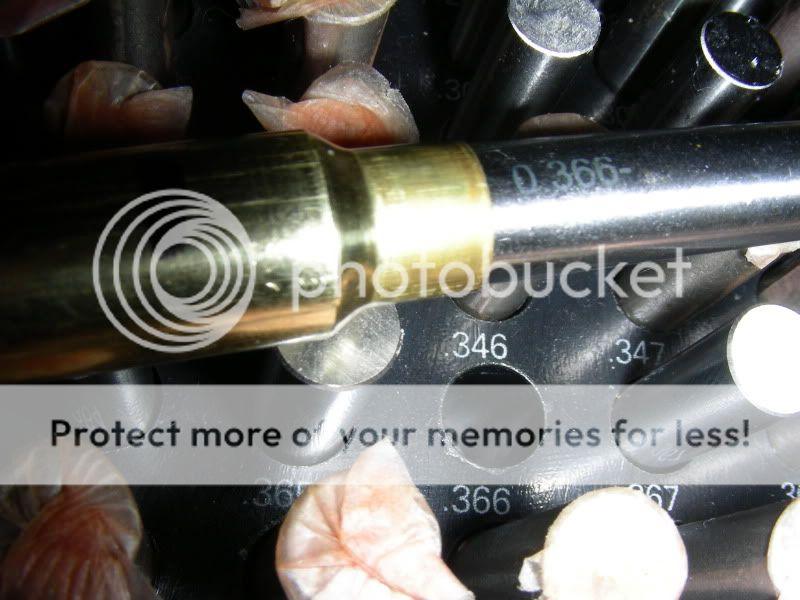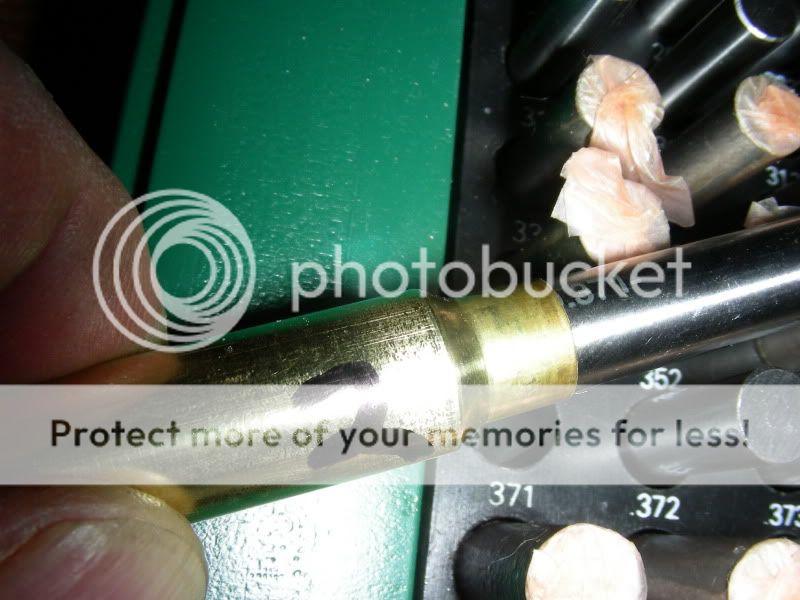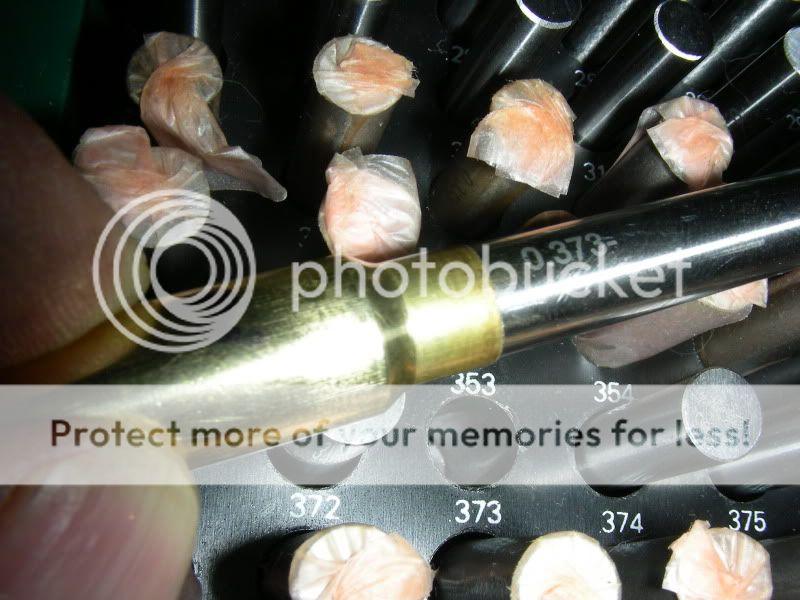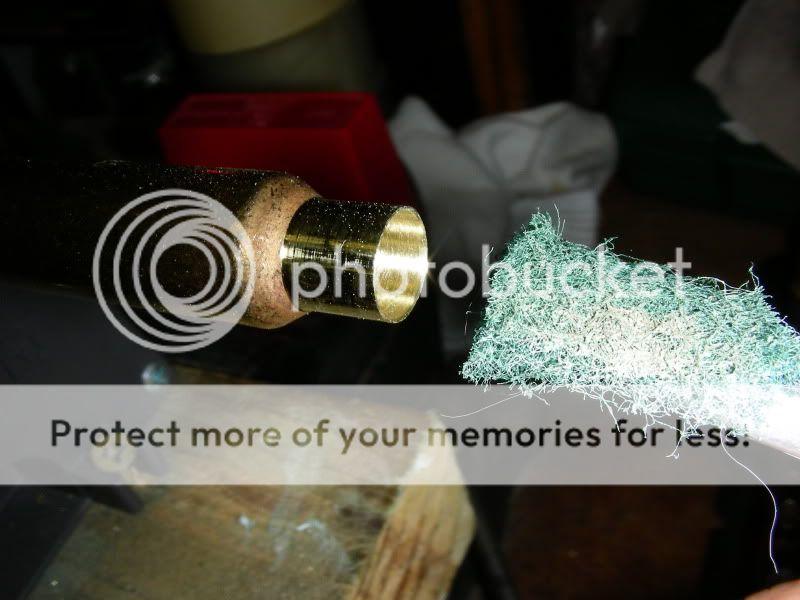Interesting information and nice pictures.
Could you try re-seating and re-pulling the bullets several times on one of these cases without resizing them with your re-sizing die? And then comment on case neck ID and as well as any changes in force applied to your press handle? I think that's the more pertinent test here, because that's the state of the brass cartridge case after a fella pulls a bullet and then faces the question of... do I resize the case neck again prior to re-seating the bullet in that case?
When a lot of case neck expansion is required to seat a bullet, such as occurs following the use of a standard full length resizing die with case neck expander button, I think most would agree that the elastic yield property of the brass case neck will be exceeded, that the case neck will expand to the diameter forced by the bullet's diameter, and then spring back based on it's metallurgical yield strength properties at that point in its life.
The greater uncertainty is after the brass case has been forced to expand to bullet diameter and then allowed to relax after pulling a bullet. The case neck has now already been expanded to bullet diameter and then allowed to relax after the bullet has been pulled. Seating a bullet with
any increase in diameter will again surely exceed the case neck yield strength, resulting in additional case neck stretch/expansion.
The scenario of greatest interest and applicability, is if we re-seat the same bullet of identical diameter, will the re-seating of that bullet result in any additional case neck expansion after the original bullet seating/pulling? It's safe to presume the re-seating of the same bullet will take the case neck back to the very brink of additional case neck expansion. That the tension force in the case neck will rise right back to the verge of the yield strength of the case neck brass. Because the case neck was left at a diameter such that any increase in bullet diameter will absolutely cause additional case neck stretch.
Even the slightest misalignment of the bullet entering the case neck would be the equivalent of a slightly larger bullet OD on the case neck. Or perhaps the case neck will again stretch some perceptible amount by being brought back to the brink of its yield strength. I've reached a conclusion that there is some additional yielding of the case neck brass with repeated bullet seatings.
I'm not convinced that the difference in case neck tension would cause a measurable affect on my group sizes or point of impacts because I'm not willing to burn out barrels trying to establish the affects on group size or POI. I eliminate that potential affect by running the case through my neck bushing die again. End of concern.
Members with only a standard full length resizing die would face a bit more hassle. They'd have to remove the depriming pin from the stem, re-lube the case, run the case neck through their die and across the expander button all over again, remove the resizing lube, recharge with powder, and then re-seat.
By the time the OP reads this thread, pretty sure he could have already resized all his pulled-bullet case necks.


